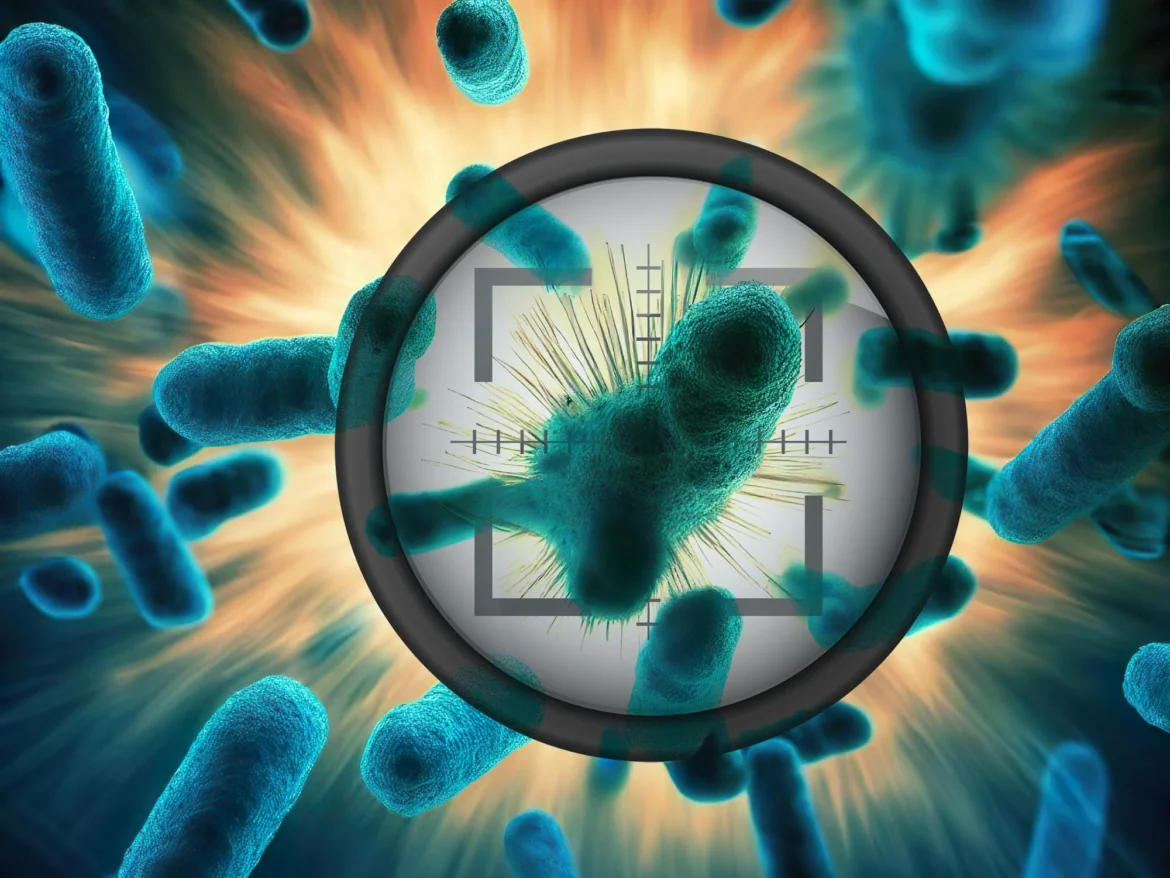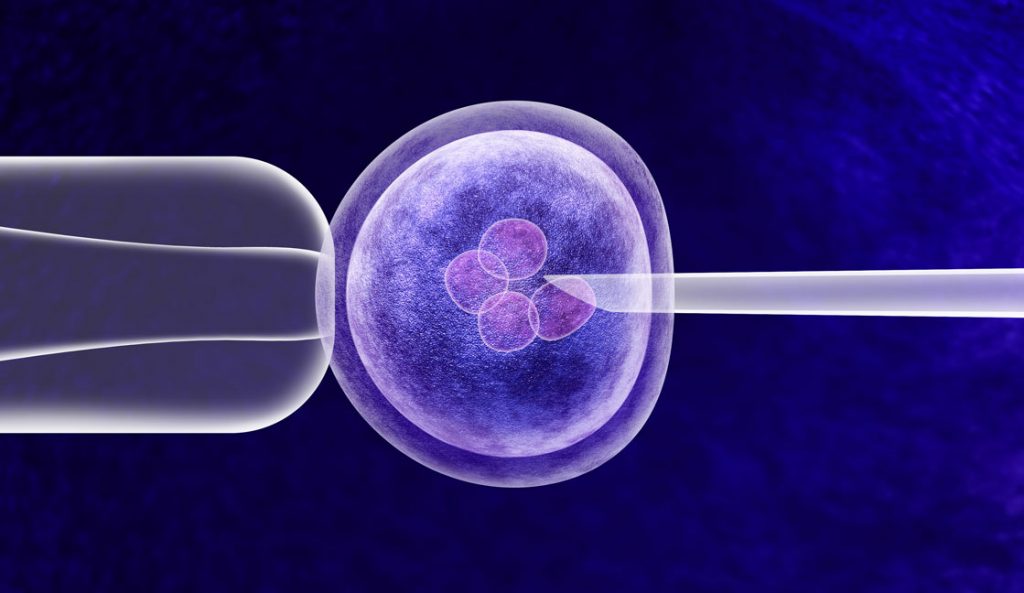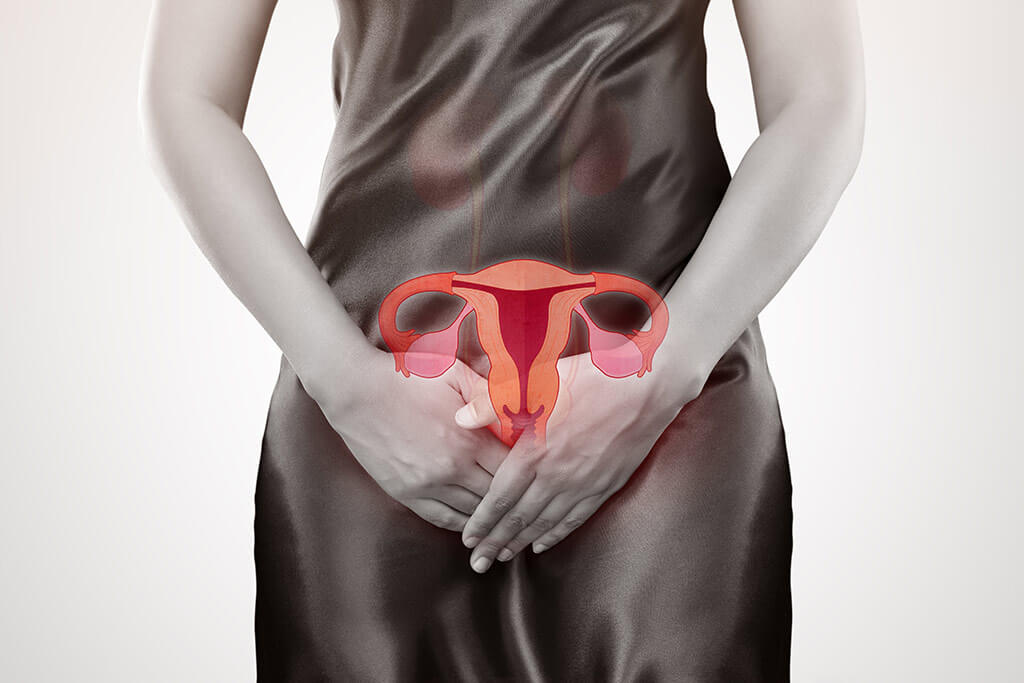What if predicting your risk of prostate cancer was as easy as spitting into a tube? Thanks to a new breakthrough in medical research, that may soon be possible—and even better, it could be more accurate than traditional blood tests.
A new genetic saliva test, developed by scientists at the Institute of Cancer Research in London and The Royal Marsden NHS Foundation Trust, has shown remarkable potential in detecting prostate cancer risk—outperforming the commonly used PSA blood test. The goal is simple: to catch cancer earlier, more accurately, and with fewer unnecessary follow-up procedures.
Prostate Cancer: A Silent Threat
Prostate cancer is one of the leading cancers among men worldwide. In India, it’s the second most common cancer among men after lung cancer. It develops in the prostate—a walnut-sized gland located below the bladder that plays a key role in the male reproductive system.
The major challenge with prostate cancer is that it often grows slowly and may not show symptoms until it’s advanced. This makes early and accurate detection all the more critical. Traditional screening methods, like the PSA (prostate-specific antigen) blood test, have been around for years. But while helpful, the PSA test often leads to false alarms or misses aggressive forms of cancer altogether.
Enter the Spit Test: A Game-Changer in Cancer Screening
This new saliva-based test is turning heads in the medical world. Unlike the PSA test that relies on detecting protein levels in the blood, the spit test examines your genes to estimate your risk of developing prostate cancer.
Here’s how it works: the test looks for 130 tiny genetic variations (called SNPs – single nucleotide polymorphisms) in your DNA that are linked to prostate cancer. Based on this, a “polygenic risk score” (PRS) is calculated to estimate how likely you are to develop the disease.
And the best part? You don’t have to go to a clinic. You can collect your saliva sample right from the comfort of your home and send it off for analysis.
What Did the Study Show?
This breakthrough is backed by solid science. The clinical trial, published in The New England Journal of Medicine, studied the DNA of 6,142 men aged between 55 and 69—an age group at higher risk of prostate cancer.
Here’s what they found:
-
Top 10% at Risk: Researchers identified the top 10% of participants with the highest genetic risk based on their polygenic scores. These men were then invited for further screening, including MRI scans and biopsies.
-
Striking Results: Out of the 468 men tested with a high-risk genetic score, 187 were found to have prostate cancer. That’s a detection rate of 40%.
Compare that with the PSA blood test, which typically finds cancer in just about 25% of men with elevated PSA levels. Clearly, the genetic test offers a major leap in early detection.
But it gets even more interesting.
The PSA Test Might Be Missing the Mark
In this same study, 118 of the 187 men diagnosed with cancer had what would be considered “normal” PSA levels. That means if only the PSA test had been used, these cases might have gone undetected—or detected too late.
Additionally, the PSA test is known for picking up slow-growing cancers that may never cause harm, potentially leading to unnecessary treatments. On the other hand, the spit test seemed to be better at identifying fast-growing, potentially life-threatening cancers.
More than half (55%) of the cancers found using the genetic saliva test were classified as aggressive, compared to only 36% with the PSA test.
More Accurate Than an MRI?
Surprisingly, the study also found that the genetic test may be more accurate than an MRI, which is another tool commonly used to detect prostate cancer after an abnormal PSA test.
While MRIs provide images of the prostate, they can sometimes miss early-stage cancers or those in hard-to-see areas. The genetic test, however, uses your own DNA as a blueprint to assess risk—making it both non-invasive and highly specific.
Big Savings, Bigger Impact
Since the test was developed in the UK, researchers estimated how it could help there specifically. In England alone, this test could identify up to 12,350 high-risk men earlier, potentially saving the country’s National Health Service (NHS) around £500 million a year by reducing the number of unnecessary procedures and treatments.
Imagine the global impact if this test is adopted widely—especially in countries like India, where prostate cancer cases are rising rapidly.
The Future of Cancer Detection?
The spit test is a promising step toward more personalized and precise healthcare. It shows that one-size-fits-all screening methods may be on their way out, replaced by tailored risk assessments based on individual genetics.
Though more research and regulatory approvals are needed before this test becomes mainstream, the findings are exciting. With a simple, painless sample of saliva, doctors could more accurately assess a man’s risk of prostate cancer and take action before the disease advances.














